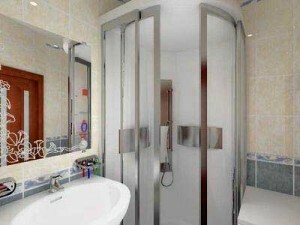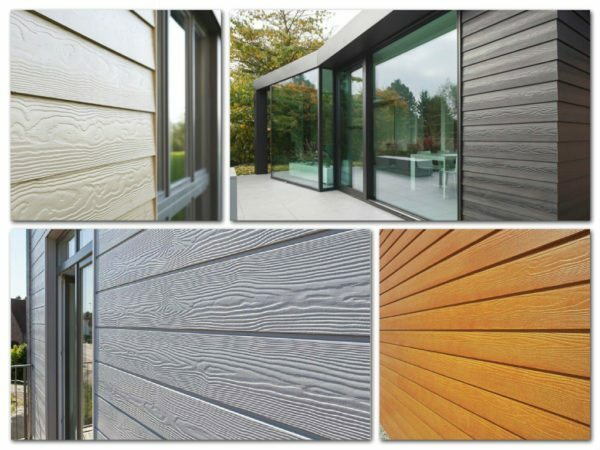Powder coating - a review of structures and familiarization with the application of technology
Table of contents
-
1 All you need to know about Powder coatings
- 1.1 color technology
- 2 To summarize
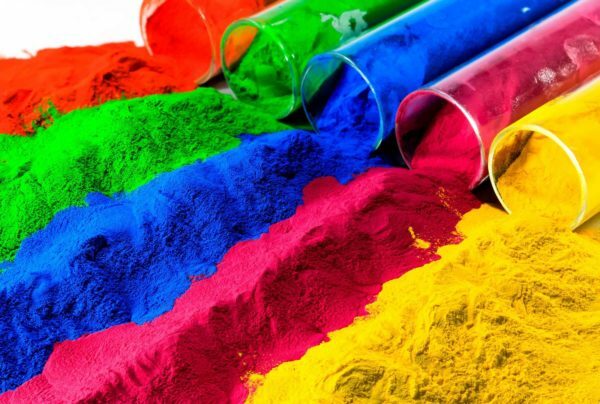
You do not know how to paint powder, and yet it is very easy
You need to paint the metal surface smooth solid layer, but do not know how to use cover for this? I'll tell you what the powder paint, from which it is made and how it is applied. After reading the article, you can decide is right for you such coverage or is it a traditional liquid paint better.
All you need to know about Powder coatings
| illustrations | Answers to frequently asked questions |
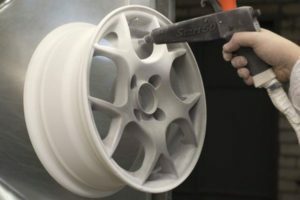 |
What is powder coating? This method of applying the paint on metal surfaces advantageously. Compared with conventional paints (coatings), use of powder coatings provide excellent strength and aesthetic characteristics of the finished coating. |
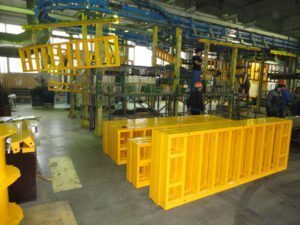 |
For such a method which is suitable staining? The powder paint is only valid for technical coloring. That is, the powder can hide the surface of a continuous layer.
If you need a decorative coating with color transitions, it is better to use a liquid paint. |
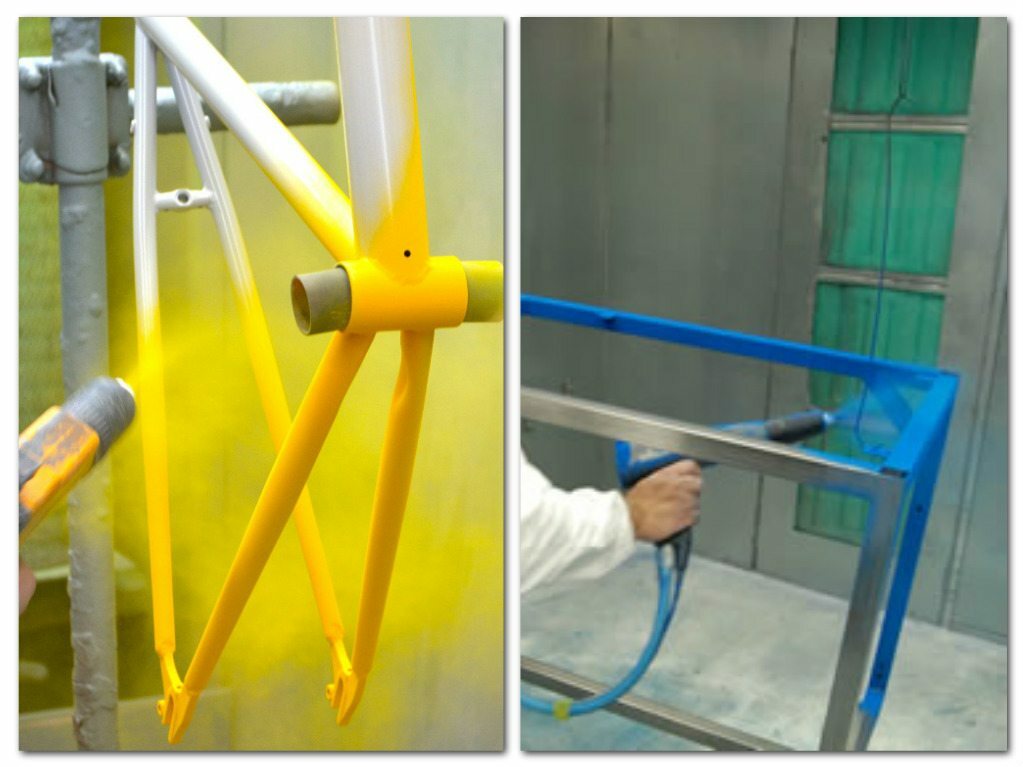 |
How does painting? The essence of the powder coating in the following - the powder applied to the surface, after which the surface of the "baked" at a certain temperature in a sealed chamber. |
|
Why the powder sticks to the details and not showered before entering the chamber of thermal effects? Remember experiments in physics classes, when electrified (grated) ebony shelf stuck pieces of paper? Here's all the same - the painted surface and electrified particles stick to it. surface electrification maintained until closure "baking" in a cell, so the coating is relatively smooth. | |
 |
What are the advantages of powder coating on the surface of the electrified? The powder falls a uniform layer. He will stick only to the electrified surface, but not to the already-laid layer of paint. Therefore, when using high-quality materials, can be painted, as in the photo, without sagging. |
| illustrations | Types of powder paints according to the method of hardening |
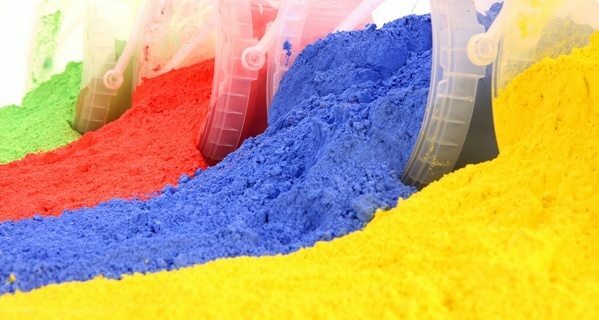 |
Thermosetting and thermoplastic. Such formulations are produced using auxiliary substances, fillers, pigments, film-forming polymers or oligomers. In the method of polymerization of these coating materials are divided into thermal and ultraviolet curing. |
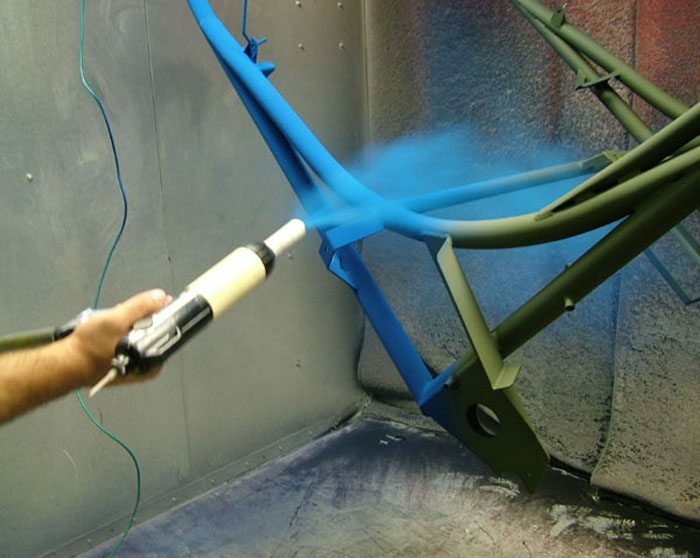 |
thermoset. These compositions are made on the basis of epoxy and form a paint coating due to chemical reactions upon heating surface in the curing oven. |
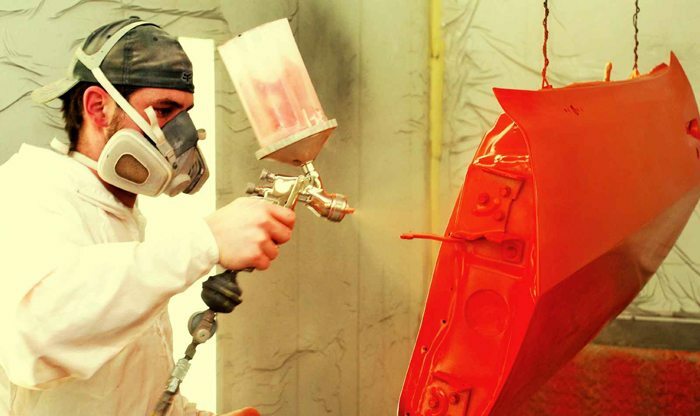 |
thermoplastic. These coatings are polymerized during heating and subsequent melting. A chemical reaction does not occur during polymerization. The finished coating different chemical resistance, and therefore is used as a chemically inactive, electrically insulating and corrosion. |
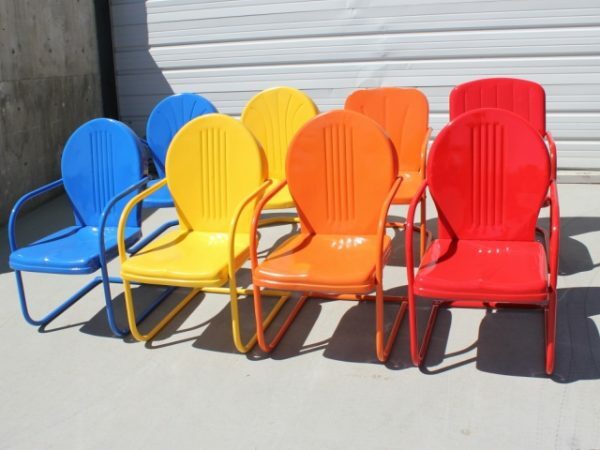 |
photochemical. These coatings form a film even at +100 ° C. Allocated layer is melted and thereafter hardens the film under the influence of UV rays. Due to the small temperature curing, this category Powder coating is ideal for working with wood and plastic products. |
| illustrations | The composition of colors and specifications |
 |
Polyester powder paint. The polyether-based urethane paints (coatings) applied poliizotsiantov combination of hydroxyl and polyethers. LMC has the following properties:
Scope - protective coating of automotive parts subject to wear, of external units of air conditioners, metal furniture, etc. |
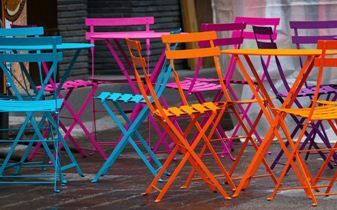 |
polyacrylate coatings. The composition includes epoxy acrylate resins and similar components in the epoxy-polyester paint. Polyacrylate paints, which include glycidyl, characterized by the following qualities:
|
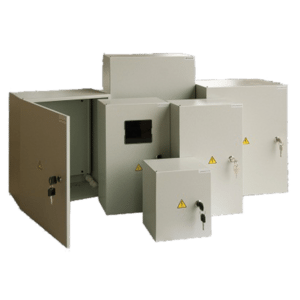 |
epoxy paints. The powder is made using epoxy resins, pigments and fillers group. Distinguishing features - high adhesion, impact resistance, heat resistance and dielectric properties. The price of this composition of the most accessible of all the powder paints on the market. Scope - corrosion and electric protective covering of metal. |
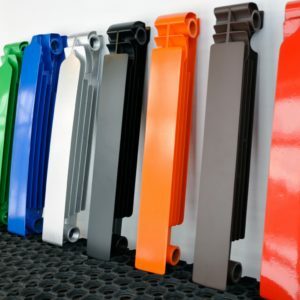 |
Epoxy-polyester paint. The composition includes components typical for polyester and epoxy coatings. Is used for powder coating of metal furniture, radiators, heaters, etc. |
| illustrations | The texture of the coating after polymerisation |
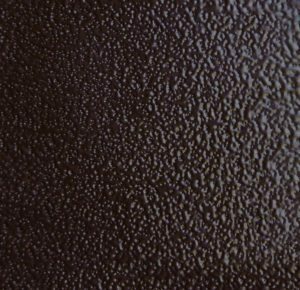 |
shagreen texture. Such coatings are relevant when painting metal doors, forged gates and fences, monuments, and other metal structures. |
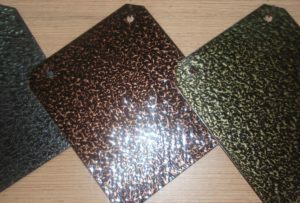 |
hammer invoice. Paints with a texture used in the decoration of metal fences and metal doors. |
 |
matte texture. Matt coatings used in automotive painting discs coachwork, metal furniture, etc. |
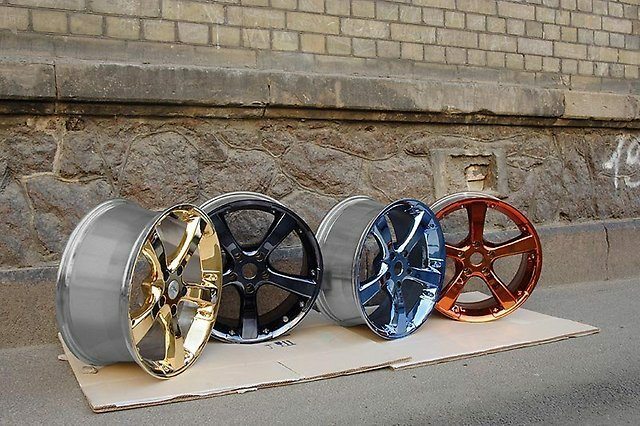 |
glossy texture. Such coatings are in demand for the color chrome, gold and silver. |
color technology
| illustrations | Methods of application of powder paints |
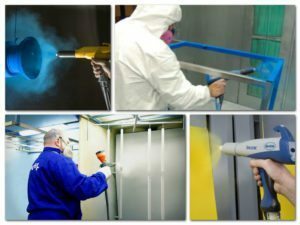 |
hand painting. The powder is applied with your hands using a special gun. The advantage of the solution - the painter may NOT, correct portions. Lack - human factor since the painter can not notice NOT, surface portion. |
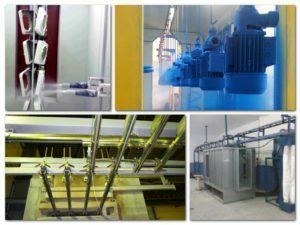 |
Automatic coloring. The powder was applied through nozzles mounted on the chamber walls. Such a method is relevant for industrial painting massive parts. Powder coating technology automatically bad high consumption of powder that is showered on the floor of the chamber. |
Consider in greater detail the example of dyeing:
| illustrations | Description of the process steps |
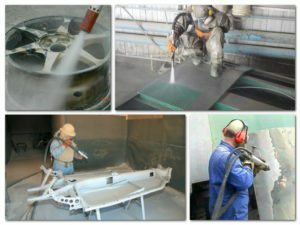 |
surface cleaning. Removing the old paint is performed using sandblasting installations, which by means of abrasive particles from the surface of the metal knock all contamination. |
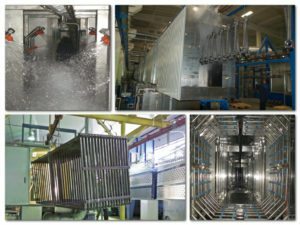 |
Preparation of the surface after sandblasting. The surface, after sandblasting, dust. Therefore, the guide provides cleaning and degreasing the surface phosphating solutions and other chemicals. |
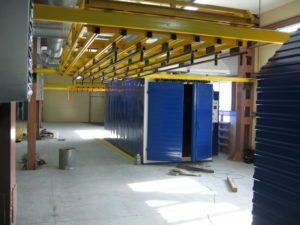 |
Drying. With the prepared surface residues drain degreasing solutions and evaporate chemical residues. At this stage, the temperature in the drying chamber does not exceed +100 ° C. |
 |
The application of paint. Drawing performed in one layer, as a second layer of paint particles simply not cleave. |
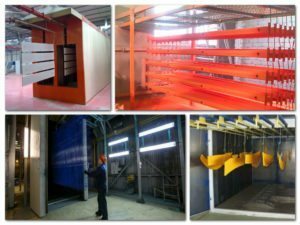 |
Polymerization inflicted layer. Painted parts are placed in a chamber where they are within a certain time, subjected to thermal stresses. The time and temperature at which the roasting process takes place, determined by the type of powder used . |
 |
Removing the details and quality control. After the set time the item is removed from the chamber. |
To summarize
Now you know that is a powder paint. Additional Resources You can view the video in this article, and if you have any questions - ask them in the comments.
